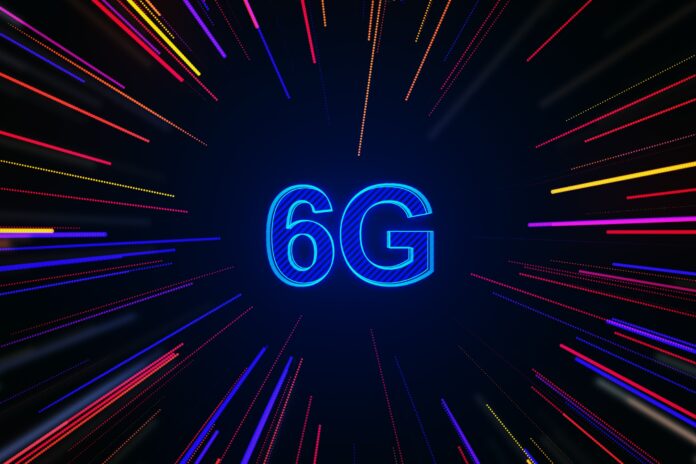While merely an add-on in 5G, AI functionality takes center stage in 6G
While the opening session at the recent 6G Forum wasn’t specifically about artificial intelligence (AI), the conversation — which centered on the overall 6G vision — came back to this technology again and again. So, AI is clearly critical for 6G, but how exactly does it fit into the larger vision?
It’s true that OpenAI’s ChatGPT product brought the concept of generative AI (gen AI) to the masses, making it seem like this was some brand-new, or highly different technology; however, as forum panelist Milap Majmundar, who is AT&T’s director of advanced RAN technologies, standards and spectrum, pointed out, operators have been tapping into AI for years. “The use of AI in the network is an ongoing, business-as-usual activity — we cannot wait for a new G to use AI in our network. It’s something we do every day,” he told event attendees.
He did acknowledge, though, that the approach to AI will be different in 6G: “AI functionality is more like an add-on to 5G, where we can mostly operate on centralized data sets in a non-native manner. So, when we say 6G AI-native what changes? This is where we, as an industry, need to come together to define standardized life cycle model frameworks and unify data collection for all of the use cases, which would then allow network visibility and interoperability.”
Majmundar also noted that AI may enable services currently not feasible, or at least not in an efficient way, under the 5G framework. “We believe that… AI in 6G will make those services feasible or enable new types of services, which were previously not possible, [while] making the network more efficient… meaning the existing services that we are running may be able to run in a more optimized way.”
Another panelist, Alex Kaloxylos, executive director at 6G Smart Networks and Services Industry Association (6G-IA), pointed out that another key difference in 6G is that it’s no longer just about delivering higher speeds and lower latencies. “It’s not just pushing for the KPI’s,” he said, adding that sustainability is emerging as a 6G priority. “Sustainability is one of the things that sounds simple but is quite complex — it deals with societal, environmental and business aspects.”
He said that 6G-IA is looking at how AI will help achieve sustainable networks but also how it will help create sustainable applications. “We have to be very clear and be sure how we are going to use these new tools,” he said.
However, while AI certainly has the potential to help operators reduce energy consumption, David Young, the Vice President of technology policy and government relations at the Next G Alliance, said the technology also “comes at a cost.”
He continued: “The AI, training and its use, is a big demand on power. This is consistent with a trend that we’ve seen on energy reduction in the RAN and at the edge and more towards the data center and core as we move to cloud-based architectures, and I think we’ll see a continuation of that with energy usage declining in other parts of the network.”
For Majmundar, the best way to address the AI sustainability dilemma is to ensure that 6G is scalable. “So for example, for energy network savings, it was almost an after-thought for 5G. it wasn’t until release 18 that we started working on network energy savings, so right from the first release we have to keep in mind that whatever we design… needs to be scalable and when you further add the capability of AI/ML, you can dynamical scale things to make the network more energy efficient,” he said.
Regardless of what 6G ends up being, ETSI CTO Issam Toufik highlighted the need for global standardization: “Up until now, our standard making was mainly focused on technical discussion and we tried to leave politics outside of the room,” he shared with attendees. “It’s a little bit hard today to do that. Fragmentation is really a lose-lose for the industry and for society.” He added, though, that on the 25th anniversary of the 3GPP, the industry partners all made a commitment to support a 6G that has one, single global standard. “It’s going to be a hard task… but I have high hopes,” he said.
If you’d like to read more about the role of AI in 6G, you can do that here and here.

